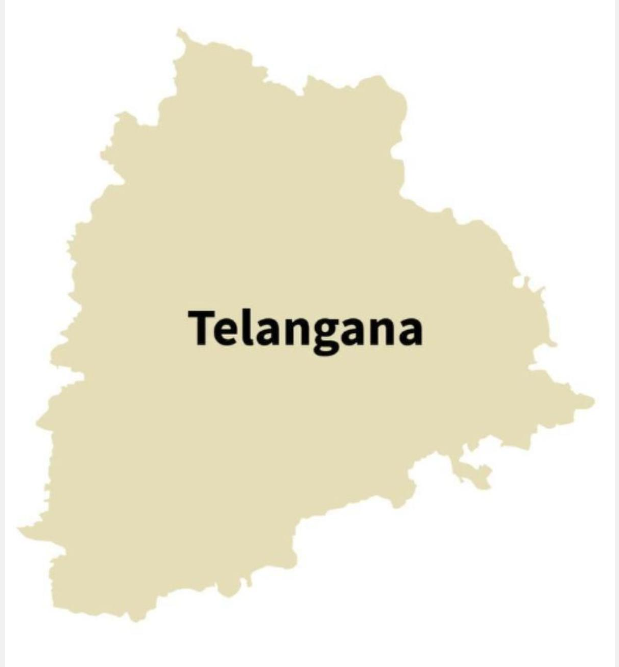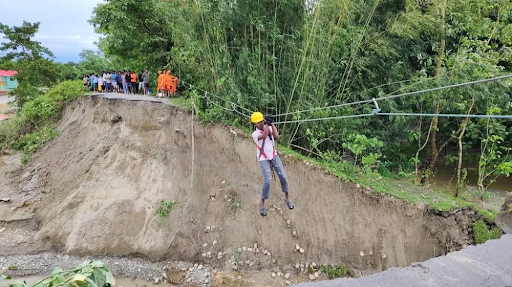Description

Disclaimer: Copyright infringement not intended.
Context
- Recently, Denmark along with the Indian Delegation launched a Whitepaper on ‘Urban Wastewater Scenario in India’ at International Water Association (IWA) World Water Congress & Exhibition 2022 in Copenhagen, Denmark.
Urban Wastewater Treatment: Scenario
- Eighty per cent of water leaves homes as sewage. 78 per cent of the sewage generated remains untreated and is disposed of in rivers, groundwater or lakes- Govt. figures.
- In India, only 10% of all sewage generated is treated; 32% of urban households are connected to a piped sewer system (Sugam & Ghosh, 2013). An alarmingly high 70% of the urban wastewater flows untreated into the river and sea.

Implications
- Untreated discharges of wastewater from the cities into the surface water bodies have resulted in pollution of raw water source adversely impacting the water availability for human consumption, and consequences on the environment, aquatic life-forms, and ecology.
- Urban wastewater management has, therefore, become a key concern for the city authorities. It is time to take concrete actions to create a sustainable model of growth and development in harmony with environment and ecology.
Concerns and challenges
- Most cities have no clue how to convey the waste or treat it.
- Since water is sourced from far away, it has led to an increase in the cost of supply as well as high distribution losses. The farther the source, the more are the distribution losses and the less water there is at the end of the pipeline. Due to the high costs incurred, cities are not able to recover the costs of supply and have, therefore, no money to invest in sewage treatment.
- Since cities do not have any accounts of the sewage they generate, they cannot plan and do not have the capacity to treat all the sewage they generate. This has the gravest implications for rivers where the faecal sludge is dumped. We are a generation of lost rivers.
- While in India only 33 per cent of houses (Census 2011) are connected to sewer systems, only around 38 per cent use septic tanks. These septic tanks do not treat waste and have to be emptied periodically.
- Centre for Science and Environment (CSE) report points out that entrepreneurs who service septic tanks, pump out the sludge from the tanks and empty it into drains, fields—just about anywhere.
Highlights of the recent White paper
- Curated by experts from AIM-NITI Aayog, ICDK, NCMG and IIT Bombay, the whitepaper highlights:
- some success stories,
- need for wastewater treatment,
- scope for improvement and augmentation in existing infrastructure and technologies,
- methods for public participatory approach,
- financing and co-financing options,
- smart technologies for rapid data collection and
- dissemination and building capacity via training and stakeholder apex bodies for increasing the efficiency of urban wastewater treatment for India.
- Considering all stakeholders’ concerns for wastewater management, this whitepaper holistically captures the current status of wastewater treatment in India and potential pathways for future treatment structures, co-creation and collaborations was collectively produced.
- This whitepaper is an outcome of Green Strategic Partnership with a focus on green hydrogen, renewable energy and wastewater management between India and Denmark and their bilateral ties.
Recommendations to deal with the problem of Urban Wastewater
- Plan deliberately to cut costs of water supply.
- Invest in local water systems.
- Reduce water demand.
- Spend on sewage, not on water.
- Cut costs on sewage systems.
- Plan to recycle and reuse every drop.
- Connect water conservation to sewage management.
https://www.pib.gov.in/PressReleasePage.aspx?PRID=1859135














